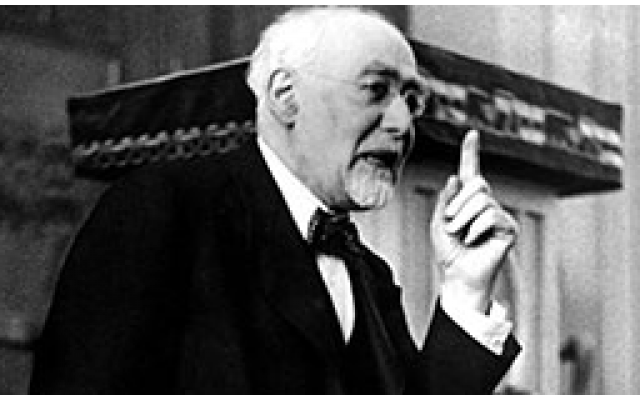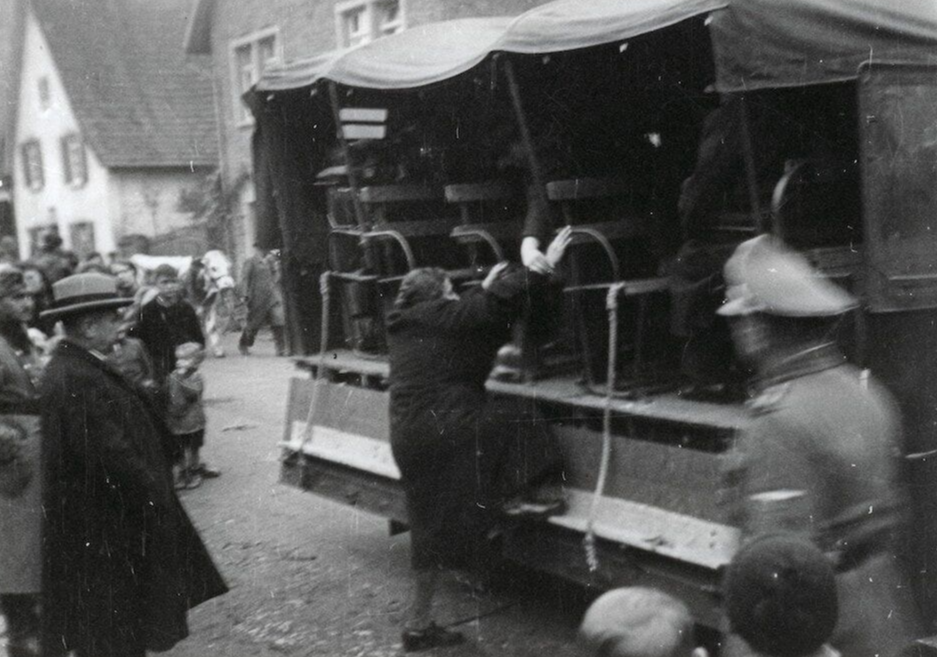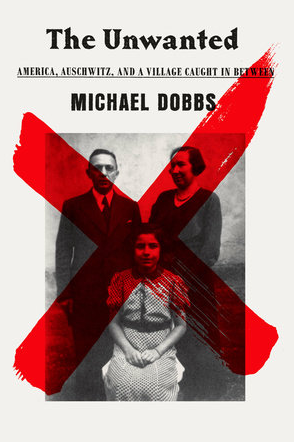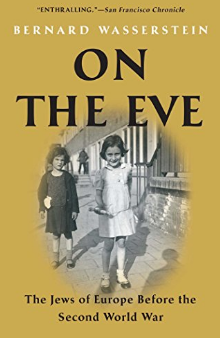New Holocaust Book Puts Village Under the Microscope
A new book, “The Unwanted: America, Auschwitz and a Village In Between,” looks at how the Jews in one small village on the edge of Germany's Black Forest dealt with survival.

During the 1930s, German Jews attempting to flee Nazi Germany had a difficult time finding a safe haven. Many of them escaped to neighboring countries, only to be swept up in the German takeover of much of Eastern and Western Europe during World War II. Only about 95,000 of the more than 500,000 German Jews were fortunate enough to escape to the United States. For many of the rest, those years were desperate.
A new book, “The Unwanted: America, Auschwitz and a Village In Between,” looks at how the Jews in one small village on the edge of Germany’s Black Forest dealt with survival. The author, the distinguished journalist Michael Dobbs, describes how difficult it was for the 115 Jewish residents of Kippenheim to find a safe haven, particularly in America.
Stopping in Atlanta on a national book tour, Dobbs told an audience at the Atlanta History Center on June 4 that “the alternative to a U.S. visa was often the death camp. Undoubtedly, thousands could have been saved if there had been a more liberal interpretation of the immigration laws.”

In his book, Dobbs makes clear, often in heart-wrenching terms, that the Jews of Kippenheim had to contend with American consular officials who did their best to make Jewish immigration to America difficult or impossible for many who were looking for a refuge.
Using the actual letters, memoirs, family photographs, visa documents and oral histories of the Jewish residents of Kippenheim, Dobbs personalizes what for many was a frustrating and ultimately tragic quest for an American visa that would guarantee their survival.

He quotes the well-known American journalist Dorothy Thompson, who witnessed firsthand what Jews in Europe had to endure to escape. It was a time, she said, “where the difference between living and dying meant getting a stamp on a piece of paper.”
There were numerous reasons why so few Jews were allowed in. Among them was the rise in anti-Semitism in America in the 1930s, the feeling that America should not become involved in Europe’s problems and the reluctance by President Franklin Roosevelt to make Jewish immigration a political issue.
But perhaps the most important reason, Dobbs told his History Center audience, was the issue of national security.
“After the fall of France in 1940, it was feared Germany was trying to send agents, fifth columnists to the U.S. There could be infiltrators; that was the reason why it was necessary to strictly vet all refugees coming to the United States.”
The book was published with the support of the United States Holocaust Memorial Museum in Washington, where Dobbs now works. It was written in conjunction with a major exhibit, “Americans and The Holocaust,” which opened last year. The exhibit tells the story of how America learned about the fate of Europe’s Jews but was in many cases hostile or indifferent to it.
Dobbs’ book complements, in many respects a stunning and comprehensive work published several years ago, in 2012, by Bernard Wasserstein, a renowned scholar of modern European Jewish history.

The book, “On The Eve: The Jews of Europe Before the Second World War” takes a hard and unsparing look at the difficulties faced by European Jews at the time. He maintains that they were forced to confront a virulent anti-Semitism, not only in Germany but over much of the European continent, for which they were ill-prepared.
Wasserstein comments in his book, “The cultural glue that had long bound Jews together was losing its cohesive power.”
In addition, Jews felt essentially without allies. Despite their attempts at persuasion, political organization, violent resistance and prayer, nothing worked.
“They might be captains of their souls,” Wasserstein says of the Jews of pre-World War II Europe, “but they were not masters of their fate. … Wholly defenseless, largely friendless, and more and more hopeless, the European Jews, on the eve of their destruction, waited for their barbarians.”
The Dobbs book explores that sense of despair and hopelessness in great detail and with considerable power in one tiny corner of Europe and compares it to the inability of America to act decisively.
“I focused on what happened through the experience of a group of people and integrated their stories with the rather abstract political debate that was happening in Washington. My job was to put a human face on that debate.”



comments